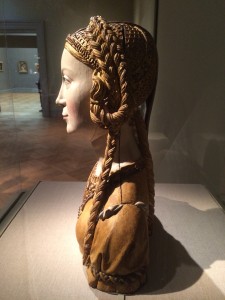A formicarium or ant farm is a vivarium which is designed primarily for the study of ant colonies and how ants behave. Those who study ant behavior are known as myrmecologists. In the United  States of America, it is usually illegal to ship live queen ants between state lines, and ant farms sold there contain no queens. The formicarium was invented by Charles Janet, a French entomologist and polymath, who had the idea of reducing the three dimensions of an ant nest to the virtual two dimensions between two panes of glass. His design was exhibited in the Exposition Universelle (1900) in Paris. (Descriptions from wikipedia).
States of America, it is usually illegal to ship live queen ants between state lines, and ant farms sold there contain no queens. The formicarium was invented by Charles Janet, a French entomologist and polymath, who had the idea of reducing the three dimensions of an ant nest to the virtual two dimensions between two panes of glass. His design was exhibited in the Exposition Universelle (1900) in Paris. (Descriptions from wikipedia).

The Oracle exhibition includes a formicarium with live harvester ants. The ants are fed twice a week and watered daily. The audio for the formicarium is a recreation of a BBC London Calling radio
broadcast from 1926 during the General Workers’ Strike that lasted 9 days, from 4 May 1926 to 13 May 1926. It was called by the general council of the Trades Union Congress (TUC) in an attempt to force the British government to act to prevent wage reduction and worsening conditions for 1.2 million locked-out coal miners. Approximately 1.7 million workers went out, but the strike proved unsuccessful.



